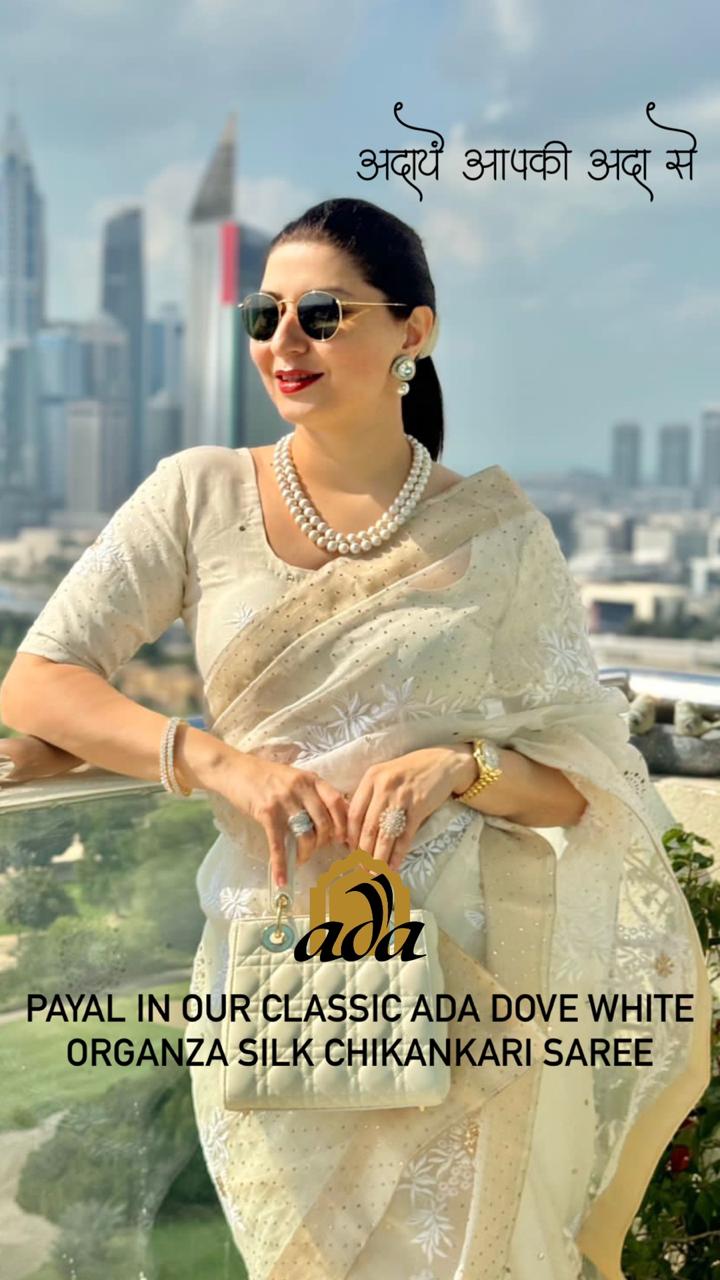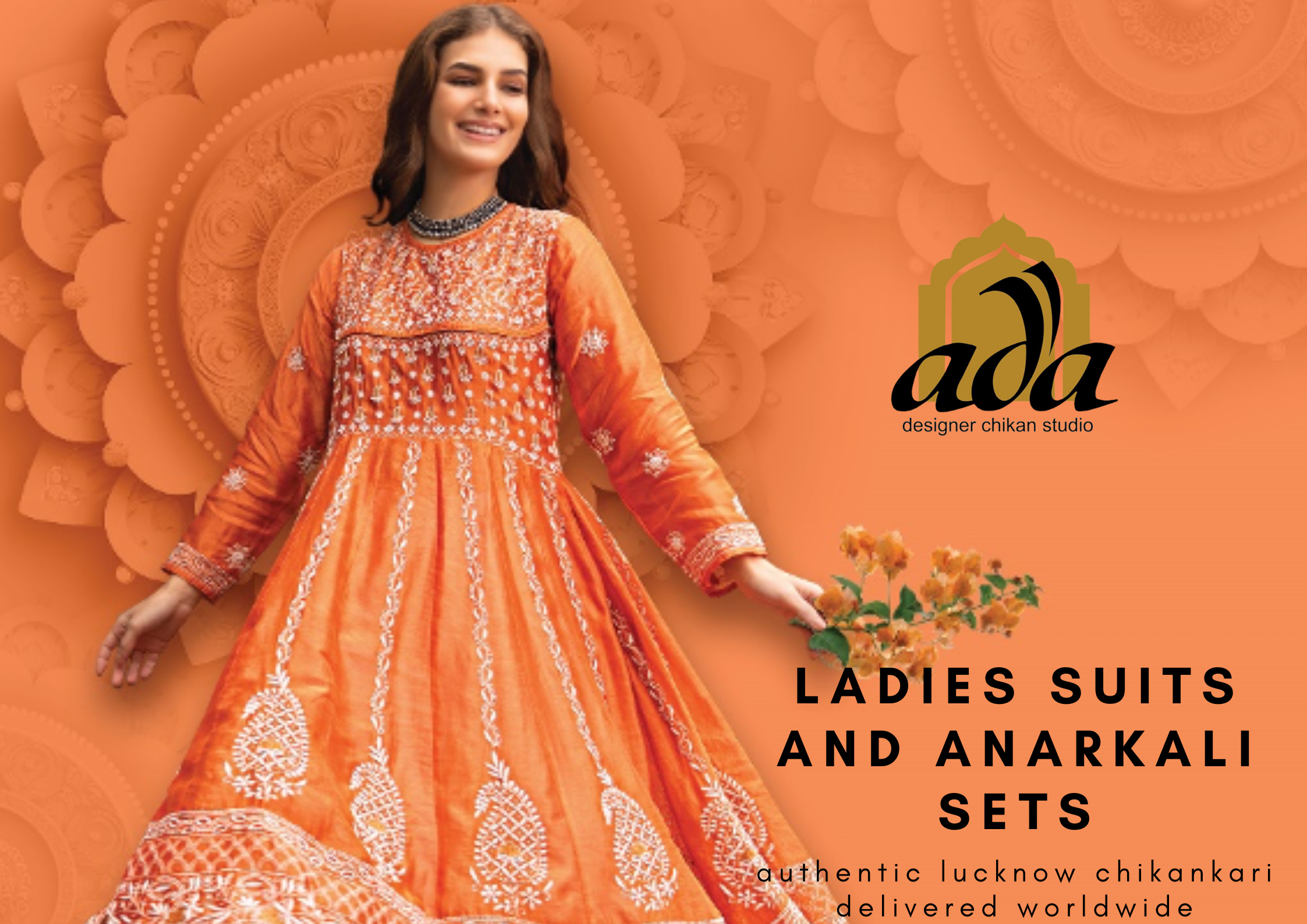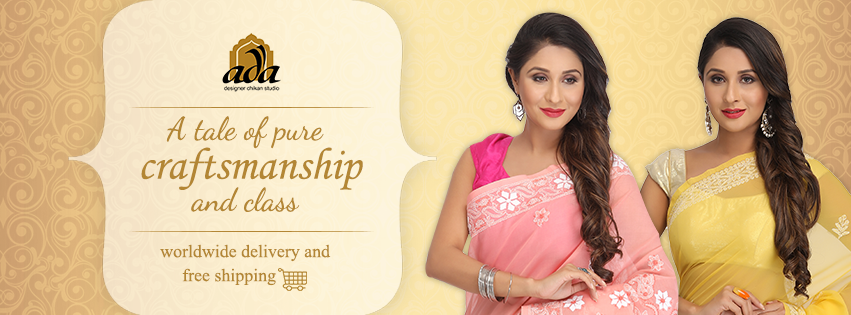KnowYourCraft: How Chikankari Is Classified As A Completely Hand Embroidered Art, And How To Identify Authentic Lucknow Chikan?

Fabrics are a part of daily life. Clothing, home linen and utilities are all crafted from various kinds of fabrics. Embroidered fabrics are mostly common in the categories of clothing and Chikankari from the city of Nawabs is surely given its fair due in any wardrobe.
Chikankari is the famous art of embroidery from the city of Lucknow and over the decades has become synonyms with the identity of the city. The art of this embroidery has surely evolved through time. What started as a white-on-white fashion staple in the Mughal court, has now turned into a dynamic fashion must-have for every man and woman in contemporary India. During the Mughal era, this delicate craft was designed on breezy fabrics such as mulmul cotton or muslin to suit the warm and humid climate in the Northern states of the country.

In recent decades, the focus on the craft has greatly come from famous celebrities’ after parties and wedding designer’s ateliers. Today, chikankari is celebrated as an eminent craft in the bucket of India’s most prized handlooms.
It is the strenuous process where fabric is styled, then block printed, embroidered and washed several times before it is ready to use.
Today, with the ease with which product alternatives are mass-produced, have you faced the dilemma of how to identify authentic from machine-made? Hand-embroidered from Machine-embroidered? Do you have tested markers to have confidence in what you are purchasing?
The most important aspect of purchasing handmade products is to understand the ‘emotion’ of the art. Each handcrafted garment, toy, pottery, the painting comes with its unique emotion, which is a reflection of the artist’s emotional touch, a saga the art he creates is meant to share.

Heterogeneous stitch types with hand
The main difference between hand and machine embroidery is the stitching process. Hand embroidery includes multiple stitches, threads and fabrics, on the other hand, machine embroidery is computer generated where pre-made patterns are imputed and exquisite perfectly symmetrical results are generated. Chikankari is hand blocked and hands embroidered, which leaves lots of room for minuscule unevenness and lack of symmetry, which contributes to making each product uniquely different from the rest.
The love affair between thread and hand
The second difference is that machine embroidery uses threads of equal thickness and texture which punctures the fabric with a uniform effect throughout whereas a hand-embroidered fabric may share an uneven finished texture due to the ever-changing needle pressures and thread textures.
Handcrafted Chikankari embroidery begins by stretching the fabric on a hoop and its size depends on whatever the artisan is comfortable with. Here artisan exercises full freedom of choice in choosing the type of thread for embroidery and can add a personal touch to its design in terms of colours, range of motifs and adding diversity to its design.

Handmade, like all good things, take more time
Handmade embroidery is more based on collective value as it is time-consuming and requires workmanship. Hence its output is timeless. On the other hand, machine embroidery is created using machines set with automated designs and timings to match the supply of designer clothing to its ever-growing demand.
Sewers in hand embroidery spend considerable time in adding versatility and experimenting with their learned skills which adds more and more value to the garment, on the other hand, machine-made products are created in bulk quantities in limited designs to match the market demands.
The back-story of fabrics
Another easy and quick way to determine hand embroidered from machine embroidered in the thread endings. In machine-made products, the ends of the threads are systematically sown at the backside of fabrics leaving no coarse knotting or loose ends on the backside. Whereas, for hand-embroidered fabrics, especially Lucknowi Chikan – the garment always has exposed thread ends and uneven knotting as a result of human touch. There will always be stranded and raw threads moving from one motif to the next.
If it is not handwork, it is not Lucknow Chikankari.
Hand embroidery and machine embroidery are two unmistakable techniques for creating designs and each has its motivation. It just relies upon the ultimate objective of production.
For enthusiastic shoppers out there, no matter which you choose to purchase next, you must be sure to know what you are paying for. Don’t let sellers in the markets online cheat you into purchasing machine work under the pretext of authentic Lucknowi Chikan.










1 Comment
A big thank you for your article. Keep writing.